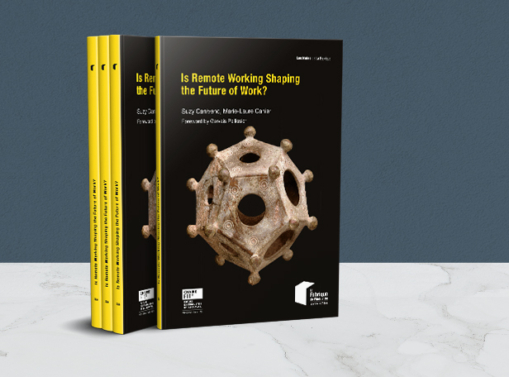Is disruptive innovation only for start-ups?
Where are disruptive innovations being born today, on what continents and in what types of institutions? This book presents an original analysis of patent data covering 12 technological fields, 8 of which are relevant to the ecological transition.
Disruptive innovation.
Over the past few years, there has been much talk of regaining our technological sovereignty and reindustrializing our country. Today, these two objectives resonate in many speeches, including at European level, but they seem to be nothing more than incantations, given that France’s and Europe’s positions reveal that they are lagging behind – or even at risk of falling behind – in mastering major technological developments.
Opposite them, a handful of four countries (USA, China, Japan and South Korea) have committed themselves to the battle with far greater determination. We illustrate this in this book, based on a bibliometric study of patents and interviews, focusing on twelve breakthrough innovations, eight of which contribute to the ecological transition: decarbonized hydrogen, batteries for electric vehicles and low-carbon steel in the industrial sector.
The book also examines the respective contributions of public and private players. Every year, the vast majority of patents relating to breakthrough innovations are filed by companies. Public research often plays a modest role, wherever it may be in the world. But it can play a key role in initiating breakthrough innovations.
And what about disruptive innovation in France?
The French case is particularly striking, since the rank held by public laboratories and universities is far more respectable than that of companies. It’s worth noting that French public research is supported by institutions such as the CNRS and CEA, which are often among the top three French applicants. However – and this is where the problem lies – the transmission of knowledge between public laboratories and companies is not sufficient.
Finally, this study looks at the respective roles of start-ups and large corporations. In France, as in other countries, start-ups are rarely among the leading patent filers in the twelve fields studied here. Admittedly, they can sometimes stand out, but this remains a minority situation, which is only observed in the USA, China and – much more modestly – France, but never in Korea, Japan or Germany. So, in every field and in every country, large companies are very often the leading providers of breakthrough innovations.
This study was generously supported by the Breakthrough Energy Foundation.




